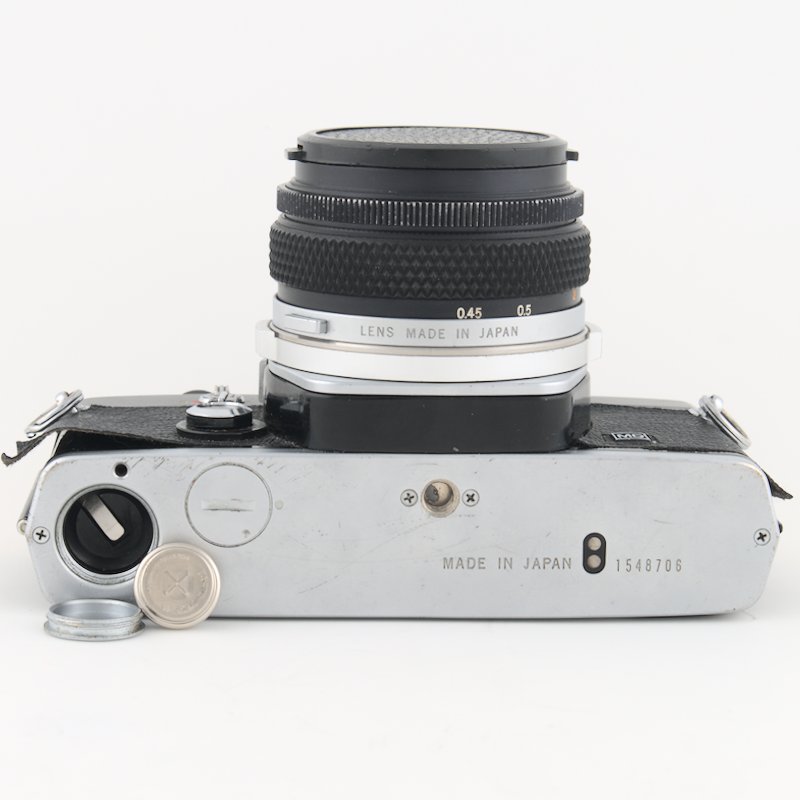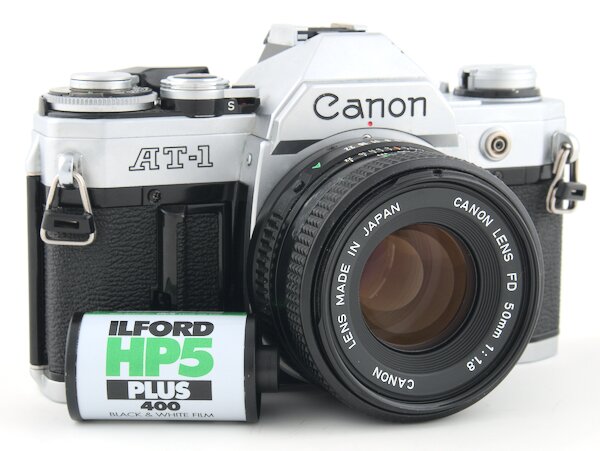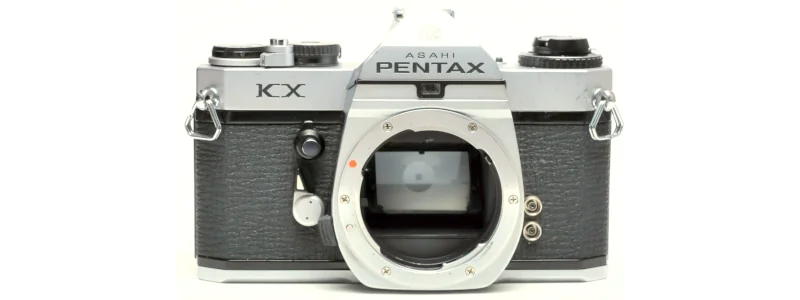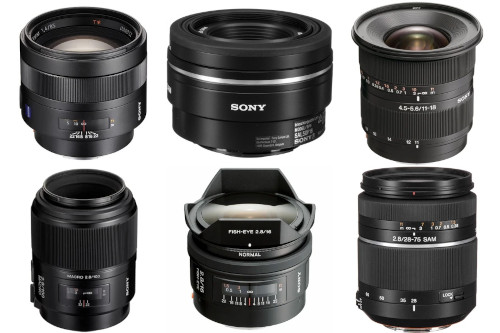
The 6 Best Lenses for the Sony A290
- Nathaniel Stephan
- Sony a290
- April 10, 2020
Table of Contents
The Sony A290 is a fantastic SLT camera. If you don’t already have a lens or are shopping for a different lens, this will go over the best 6 lenses to use on the Sony SLT-A290.
Affiliate Advertising Disclosure
Outside the Shot is a participant in the Amazon Services LLC Associates Program, an affiliate advertising program designed to provide a means for sites to earn advertising fees by advertising and linking to Amazon.com.
As an eBay Partner, I may be compensated if you make a purchase. I also participate in affiliate advertising programs with KEH and Adorama. More can be found on the Affiliate Disclosure page.
Standard Primes
Sony 50mm f/1.8 SAM DT
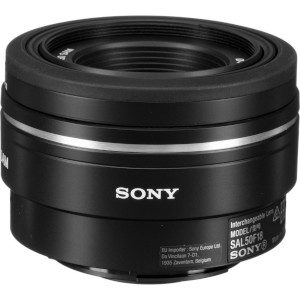
- Outstanding optics.
- Small and light weight.
- Can be difficult to find new.
- Smooth Autofocus Motor (SAM)
- Circular aperture.
See current price and more information on:
A great blend of small size and minimal weight. The autofocus motor is faster and quieter than older lenses that rely on the physically coupled autofocus drive system.
Rounded aperture blades allow you to stop down by 2-stops and still have close to a perfectly circular aperture. This delivers stunning bokeh and greater flexibility in controlling the depth of field.
Minolta Maxxum AF 50mm f/1.7
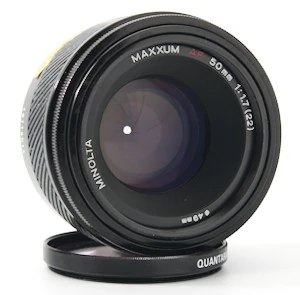
- Built-in lens hood.
- Amazing value.
- Light and compact.
- Widely available used.
- Coupled autofocus.
See current price and more information on:
This is one of the first lenses from the introduction of the A-mount. As a consequence of the age of the lens, the autofocus is controlled by the built-in motor in the A290.
Mechanically coupled autofocus can be slow and a bit noisy. On the other hand, if that is not an issue for you the picture quality is great. {The bokeh is attractive and you will end up getting a classic image rendering|You’ll get eye-catching bokeh and a classic look to your images.
One more considerable advantage of this lens is the price. It’s considerably more affordable than the Sony 50mm f/1.8 and additionally could possibly be the cheapest lens listed.
Sony 50mm f/1.4
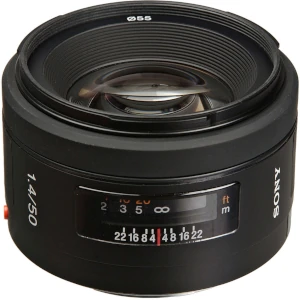
- Outstanding optics.
- Optical multi-coatings.
- Circular aperture.
- 55mm filter threads.
See current price and more information on:
Slightly faster compared to the Sony or Minolta f/1.8, however that can make an impact when you are taking pictures in low light. That not surprisingly comes at a larger expense.
It is still a lightweight and relatively small lens that handles comfortably on the A290 and fits into practically any camera bag.
A more affordable option is the Minolta AF 50mm f/1.4. Be aware that copies can be quite challenging to get a hold of in usable condition. It also uses coupled autofocus, which is noisier and slower than lenses that contain built-in motors}.
Portrait & Telephoto Lens
Sony 85mm f/1.4 ZA
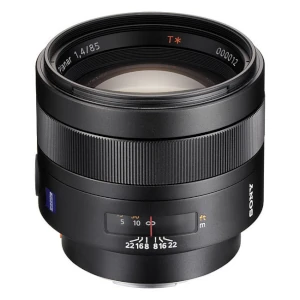
- Incredible bokeh.
- Excellent value used.
- T* coating to reduce flare and increase contrast.
- Astonishingly sharp wide open.
See current price and more information on:
Sony sought to flaunt what the A-mount is capable of. The lens was built by Zeiss. The ZA (Zeiss Alpha) shows that Zeiss developed the lens exclusively for the A-mount.
This lens is the real deal. Tack sharp corner-to-corner with spectacular colors that creates stunning portraits.
Potential downsides are that it’s a lttle bit on the heavy side as a result of being built like a tank and the autofocus can be slow. Be aware, that you’ll run into similar issues with any f/1.4 85mm.
Minolta Maxxum AF 85mm f/1.4
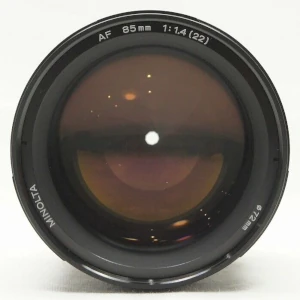
- Possible to find a good used deal.
- Superb image quality.
- Uses autofocus coupler.
- Double-Gauss design.
See current price and more information on:
In terms of price, the lens sits between the others. Finding a used copy in acceptable condition may be challenging on account of a limited supply available.
The lens does have autofocus, but it uses a mechanical coupler and is driven by an in-camera body motor. This means that the lens will be a bit loud and slow.
A Double-Gauss optical design is older and only contains a total of six lens elements. An upsiade to this is images possess a distinct look that cannot be produced by cutting-edge lenses that contain far more elements.
Sony A290 Zoom Lenses
Sony 28-75mm f/2.8
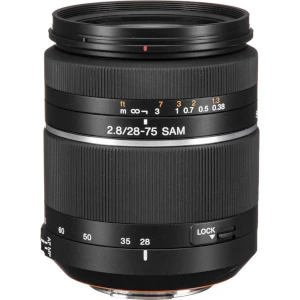
- Very usable zoom range.
- Great value used.
- Constant aperture.
- Smooth Autofocus Motor (SAM).
See current price and more information on:
If you want to shoot indoor shooting, night events, travel, and family photos, this is the perfect fast zoom for that. It is a well made lens with fairly quiet autofocus.
The lens often gets compared to the legendary Zeiss 24-70mm lens, but it’s about 1/2 the weight and costs considerbly less. Both lenses produce professional images.
Sony 55-200mm f/4-5.6 SAM DT
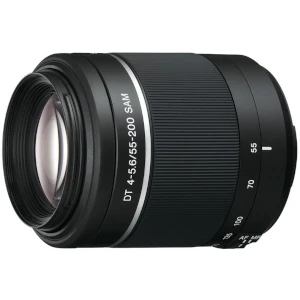
- Telephoto zoom range.
- Great for portrait or wildlife photography.
- Smooth Autofocus Motor (SAM).
- Inexpensive.
See current price and more information on:
While still delivering terrific results, this is a more affordable alternative. It’s not a pro lens, so as long as you don’t require all the bells and whistles, it is a good lens.
For a mid-range telephoto zoom, it has a terrific range for taking images of children outdoors, sports, and wildlife.
Picture sharpness is very good and the autofocus is quick. The body of the lens is plastic, which aids in reducing weight.
Sony 75-300mm f/4.5-5.6
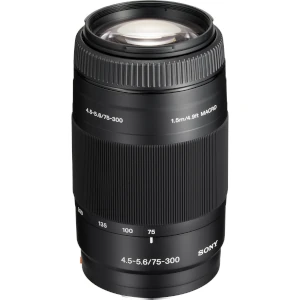
- Super telephoto zoom lens.
- Great for portrait or wildlife photography.
- 2.81 inches in diameter and 4.81 inches long.
- 55mm filter threads.
See current price and more information on:
This is a super-telephoto lens due to the zoom range. It’s an outstanding inexpensive solution for any time you desire a long lens.
It is only 4.8 inches (12.2 cm) long, 2.8 inches (7.1 cm) in diameter, and weighs 1 pound 2 ounces (510g). While that is not by any means light, many professional telephotos are many times that weight.
For a bit better functionality try to find the Sony 70-300mm f/4.5-5.6 SSM ED G-Series, but unfortunately count on having to spend around twice as much.
Wide Angle Lens
Sony DT 11-18mm f/4.5-5.6
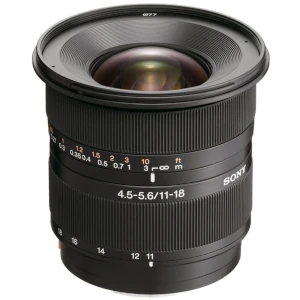
- Has a aspherical lens elements.
- Optical multi-coatings.
- Great value when purchased used.
- Circular aperture.
See current price and more information on:
Very good value for the money if you want to shoot wonderful wide angle shots that a standard kit zoom can’t capture. Distortion, especially of straight vertical lines is minimal or non-apparent unless you are intentionally trying to get an distorted perspective.
In addition to being outstanding at shooting beautiful landscapes, it’s a great lens to travel with. The lens is wide enough so when you come across something you’ll be able to get everything in frame.
Sony 20mm f/2.8
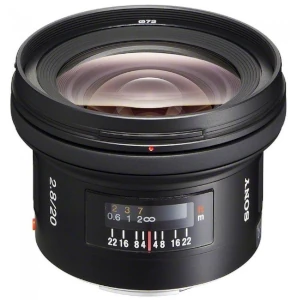
- Great for landscapes and architecture.
- Coated optics for clarity and definition.
- Rear focusing system for fast autofocus response.
- 72mm filter threads.
See current price and more information on:
It’s well engineered and does an outstanding job of reducing distortion. Additionally, a tremendous amount of energy has been done to reduce internal reflections and flare.
The result is an awesome lens that is perfect for landscape, astrophotography, and architecture photography. The lens has a rear focusing system which means the front is not going to rotate so you won’t have any troubles using a polarizer or other filter.
Tokina AT-X 11-16mm f/2.8 DX II
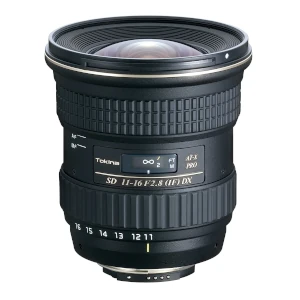
- Wide angle zoom lens.
- Hardened Alumite finish.
- Advanced optical coatings.
- All metallic moving parts.
- Designed for APS-C Sensors.
See current price and more information on:
It doesn’t have extraordinarily fast autofocus, but the auto/manual focus clutch makes it an ideal option for manual focusing. A pull or push of the focus ring will switch the lens from MF to AF or vice versa.
The Tokina has a larger aperture than the Sony 11-18mm, which is not a large deal for architecture or landscape images. Where you’ll find something different is with astrophotography. That’s a scenario where you would want to take advantage of the 1-to-2 stop advantage the Tokina offers.
Fisheye
Sony 16mm f/2.8 Fisheye
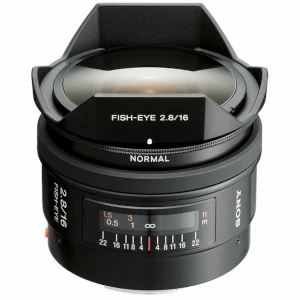
- Sharp corner-to-corner.
- 4 built-in filters: Normal, 056, B12, A12.
- 8 inch minimum focus distance.
- Aspherical and Extra-low Dispersion elements.
See current price and more information on:
The built-in filters are an excellent inclusion because the lens has a petal-style hood which prevents a lens filter from being put on the front of the lens.
- 056 - Accented contrast for black and white photos.
- B12 - Correct color by eliminating red tones.
- A12 - Correct color by eliminating blue tones.
This lens has almost everything you could require from a fisheye. You can get the exaggerated distortion, but the image will be sharp from corner-to-corner without vignetting.
Rokinon 8mm f/3.5 Fisheye
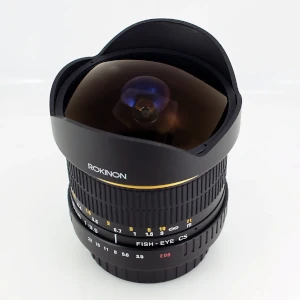
- Internal focus.
- 180 degree angle of view.
- Manual focus.
- Minimum focusing distance of 12 inches (0.3m).
- Designed for APS-C sensors.
See current price and more information on:
The lens has a large front which means filters cannot be attached. It comes with a snap-on petal-shaped hood that you will want to ensure is included if you get a used copy.
Construction quality will be hit or miss as a result of the very affordable price. The majority of buyers are really happy with the photos they get. It is still important to thoroughly test out the lens when you get it to make sure the lens isn’t a bad copy.
Macro Lens
Sony 100mm f/2.8 Macro
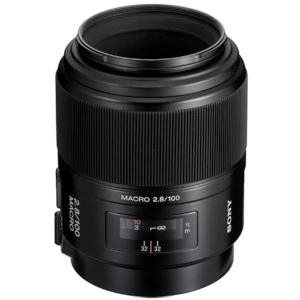
- 9 aperture blades.
- Focus range limiter.
- High contrast and resolution.
- 55mm filter threads.
See current price and more information on:
An excellent balance of size, value, and working distance for the Sony A290. The autofocus is a bit loud, but for b taking macro photos, manual focus is easier than using autofocus.
For best output at 1:1 magnification the lens really needs to be stopped down by a minimum of a couple of stops. Doing that will additionally give you a greater depth of field, which is always important for macro photography.
Sony 50mm f/2.8 Macro
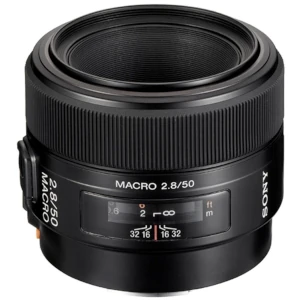
- 10.4 ounces (295g).
- Focus range limiter.
- Focus Hold button for full creative control.
- 55mm filter threads.
See current price and more information on:
A 50mm is not the best for 1:1 magnification because of the short working distance. At 1:1 magnification, the front lens element will be about 2 inches (5 cm) far from the subject.
This lens is a good choice for close-up, copy work, and tabletop photography. It gives you the option to get closer to a subject than a standard 50mm lens, and that’s perfect for nature photography when you need to fill the camera frame with a smaller sized subject, for example a flower.
Tamron AF 90mm f/2.8 Di SP A/M 1:1 Macro
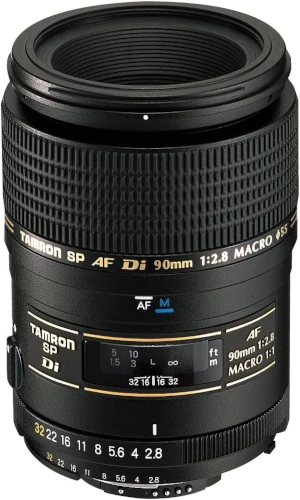
- Available in a variety of camera mounts.
- Improved resolution, chromatic correction, and optical coatings.
- Super Performance (SP)
- Focus clutch to switch between AF & MF.
See current price and more information on:
While this lens does have autofocus, the focus ring feels great when manually focusing. Stopped down a couple of stops and you’ll get sharp pictures.
Furthermore, be cautious when getting the lens as it is made in various lens mounts.
Used A-Mount Camera Lens Prices
Prices change all the time. During the past couple of years, interest in film photography has been growing. Seeing as there are 35mm Minolta film cameras that use the A-mount, some upward pressure is added to the cost of lenses.
The Sony A-mount also doesn’t have a significant share of the market. Because of this, there are less third party options available and the lenses manufactured by Sony are all too often on backorder.
To get the lowest price on what you want to buy, check prices on different sites. For used lenses, be ready to make a purchase when you find a deal as they will not last very long.
What Lens Mount Does the A290 Use?
The Sony A290 uses the Sony A-mount. It’s also identical to the Minolta A-mount. This is due to Sony purchasing Konica Minolta’s camera division in 2006.
Minolta created the A-mount for the intro of interchangeable lens autofocus cameras in 1985. It is still Supported by Sony.
Standard Lens Cap Size
55mm, but honestly the sizes are inconsistent. Minolta lenses tend to have 49mm filter threads.
You will also find a good number of lenses that have filter threads larger than 55mm. It’s not unusual to see 72mm or 77mm filter threads. It would have been good if Sony used only 2 or 3 different filter thread sizes.
